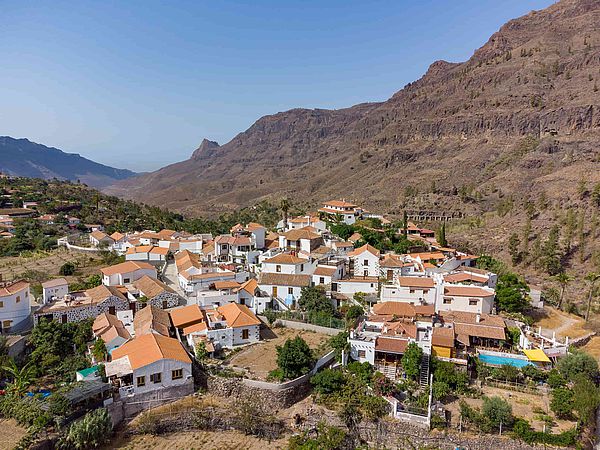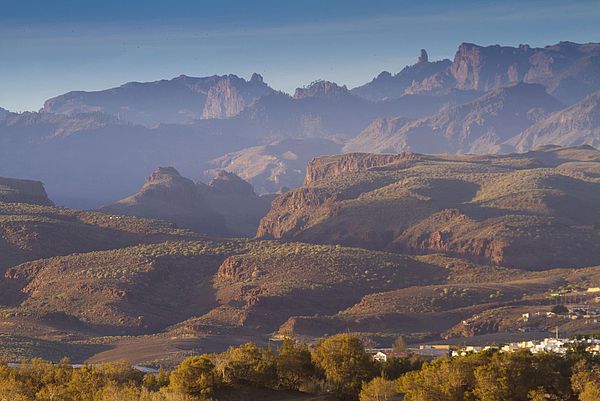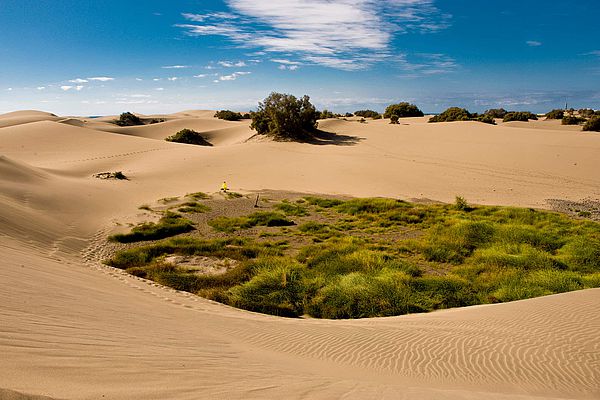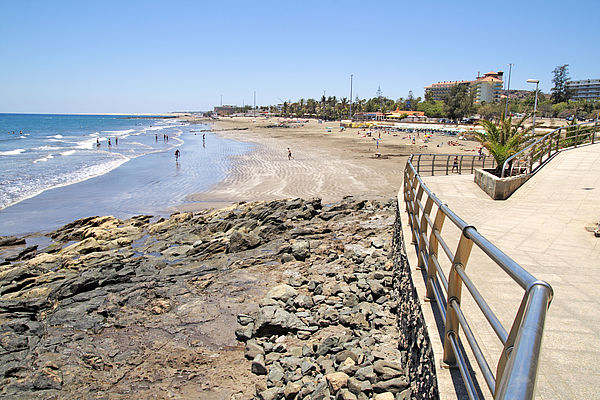Millions of tourists who come to Gran Canaria each year and choose to stay at one of the hotels or apartments in its southern tourist resort, known as Costa Canaria (with emblematic beaches such as San Agustín, El Inglés, Maspalomas or Meloneras), may not know that they are staying in the municipality of San Bartolomé de Tirajana. It is the largest on the island, and of course has much more to it than just the miles of lovely beaches stretching along its coast.

It is also much more than just a modern urban street and avenue layout, with hotel accommodation and shopping centres, as it has an extensive range of restaurants to choose from, including high quality establishments specialising in Canary cuisine. If we just pause for a moment and take a look (and taste) of local products which make up an ample, varied and original island cuisine, (and not just think of the typical stereotypes such as “papas arrugadas” and little else), we will even find foods particular to this very municipality.
Not far from the vibrant Costa Canaria holiday resort, there is a modern agricultural industry dedicated to the production of tropical and subtropical fruits which are of top quality, thanks to their latitude and positioning; traditional farming such as olive groves have made an important comeback onto dining tables with their own brands of extra virgin olive oil; in these beautiful inland locations, beekeepers have a number of hives that the bees fill with honey made from indigenous Canary flora; numerous goat herds are the source of some aromatic cheeses with their own distinct flavour, which when cured can be spread with gofio paprika; we can even find modern vineyards, whose grapes are crushed to make a variety of quality regional wines.

Of all this farm production, the most traditional and which goes back generations in many families, are the shepherds. Although it is an easier job today than ever before, it still requires great sacrifice, while it is no longer necessary to walk all over the island with the herds in search of pasture land, as the animals are mainly housed in farm stables nowadays, where they receive a balanced, controlled diet, depending on the productive cycles at any given time of the year.
“I had to make a kind of finger thimble here”, points out an old shepherd showing us his right index finger, just before the turn of the century, “for picking up and throwing so many stones up at the summit, and for seeding here and there”.

“Those were the shepherds”, carries on this shepherd, by the name of, José Suárez, just up from Bahía Feliz, according to the book Ruta de Pastores (Shepherds’ Routes) (Yuri Millares, 1996) who described the work of the shepherds thus: “Some stones, a few whistles and the help of a dog were enough to keep an eye on hundreds of heads of herd, in times when shepherding literally meant walking for miles along ravines and mountains, passing through arid lands and farmland that we had to respect”. Back then, the pens were not to keep the herd closed up, but in his words “were there for shade, as the sun would really burn through out there”.
Another of the older shepherds from that generation who experienced traditional shepherding methods in the second half of last century was Jacinto Ortega, who finally retired, leaving behind his goats, near to San Agustín, in the hands of his sons. Among his memories were the many caves he used to sleep in, and not just caves: “Up at the summit, you would go to look after the animals, and stay over on a plot of land. On these plots you had lentils, barley, wheat, rye, and each had to be individually threshed, as well as possible. You had to be there so that the herds wouldn’t come along and destroy the whole lot and eat the ears. That was great place for sleeping”.
